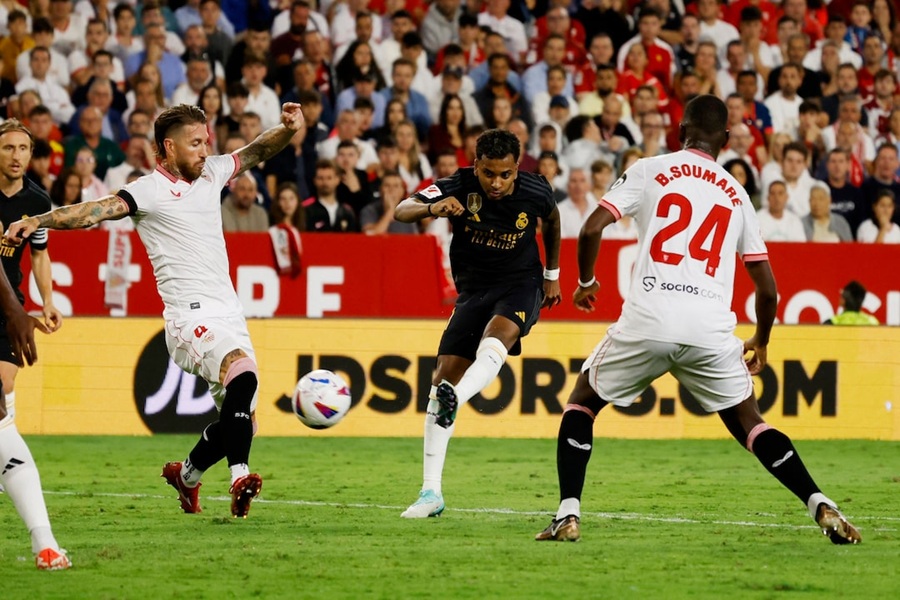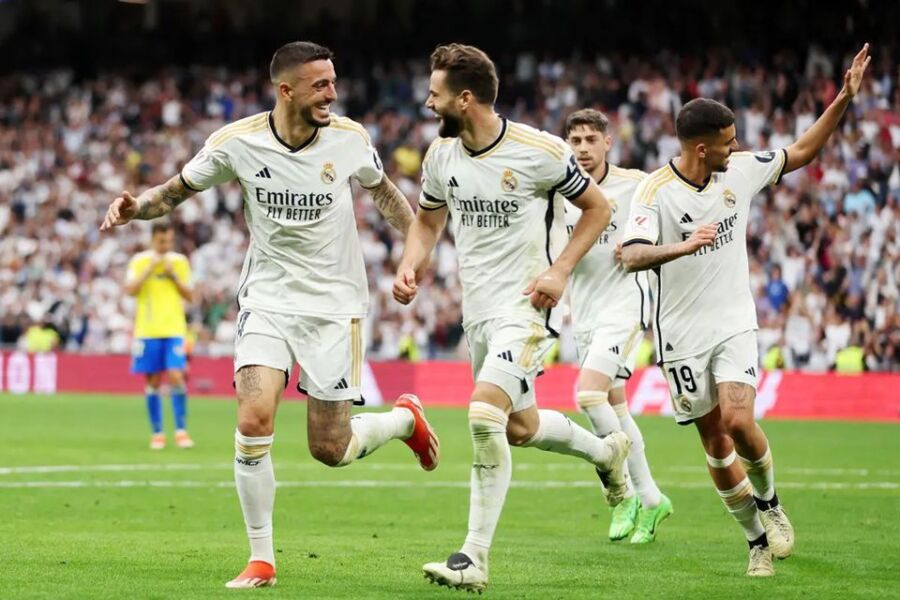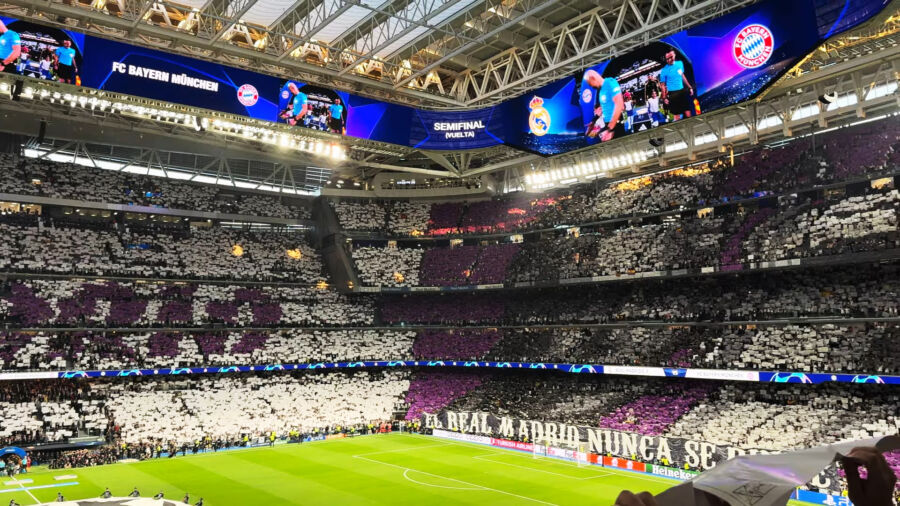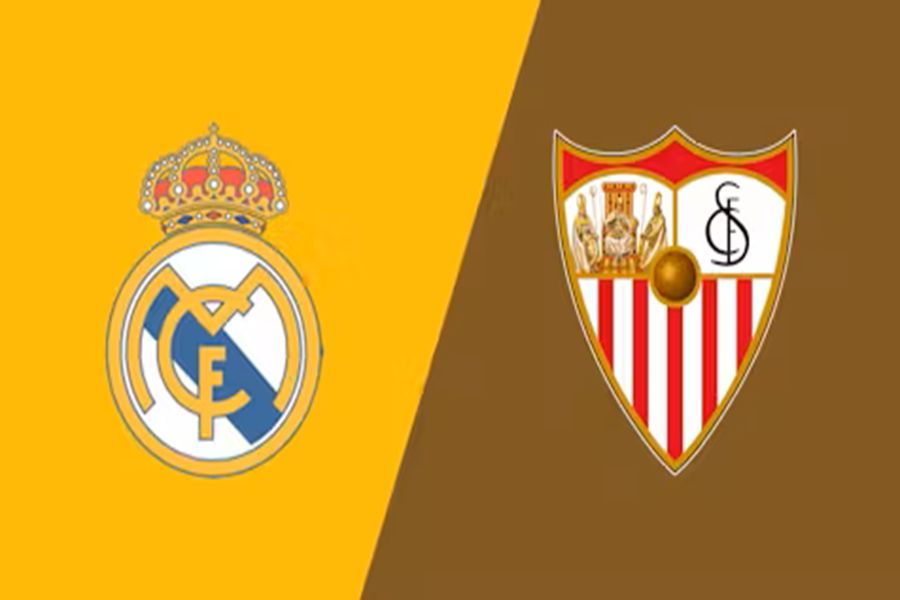
Madrid vs Seville: Which Spanish City Offers the Best Cultural Experience?
Spain offers two incredible cities that draw visitors from around the world – Madrid and Seville. These destinations shine in their own unique ways, with distinct personalities that set them apart from each other.
Madrid wins for art lovers and those seeking big-city energy, while Seville takes the crown for experiencing authentic Spanish culture and traditions. The capital city of Madrid dazzles with world-class museums like the Prado and a vibrant nightlife scene. Seville charms visitors with its beautiful architecture, flamenco dancing, and relaxed pace of life.
The choice comes down to what type of Spanish adventure you’re after. Madrid delivers metropolitan sophistication with its shopping, dining, and cultural attractions. Seville offers a more intimate experience with its winding medieval streets, stunning Alcazar palace, and rich Andalusian heritage. Both cities make perfect bases for exploring different regions of Spain through day trips to nearby towns and landmarks.
Contents
- Historic Rivalry
- Head to Head Analysis
- Iconic Past Matches
- Current Season Performances
- Real Madrid’s Season Overview
- Sevilla’s Season Overview
- Direct Comparison
- Key Players and Match-ups
- Strikers to Watch
- Midfield Dynamics
- Defensive Strategies
- Tactical Analysis
- Coaching Strategies
- Potential Game Changers
- Video Assistant Referee (VAR) Impact
- Fan Experience and Culture
- Stadium Atmosphere
- Cultural Significance
- Viewing Options and Broadcast Details
- Frequently Asked Questions
- What unique experiences do Seville and Madrid offer to travelers visiting Spain?
- How does the high-speed train journey between Madrid and Seville enhance the travel experience?
- What hidden gems in Seville make it a must-see destination beyond the popular tourist spots?
- In terms of cultural richness and historical significance, how do Madrid and Seville compare?
- For a limited travel itinerary, how can one prioritize between the attractions of Madrid and Seville?
- Can visitors fully immerse in the local atmosphere of Seville with only a day to explore?
- More Travel Guides
Historic Rivalry

Real Madrid and Sevilla have battled on the pitch for decades, building a fierce rivalry marked by memorable matches and stunning goals. This classic Spanish matchup has seen Real Madrid dominate the head-to-head stats while Sevilla has pulled off some amazing upsets.
Head to Head Analysis
Real Madrid holds a clear advantage in this historic matchup. The stats show Real Madrid with 48 wins compared to Sevilla’s 16 victories, plus 7 draws between the teams.
The goal scoring difference is just as striking. Real Madrid has found the net 177 times against Sevilla, while Sevilla has scored 92 goals in these matchups.
This rivalry may not match the intensity of El Clásico with Barcelona, but these matches often bring drama and excitement to La Liga. Both teams have traded wins at their home stadiums over the years.
Iconic Past Matches
The teams have created many unforgettable moments in Spanish football. Some matches stand out for their impact on league titles and cup competitions.
One notable clash came in the 2016 UEFA Super Cup, where Real Madrid won 3-2 in extra time. The match showed the competitive spirit between these teams on the European stage.
The Santiago Bernabéu has seen some wild games in this rivalry. Sevilla’s rare wins at Madrid’s home ground make those victories extra special for their fans.
These matches often feature lots of goals and drama. Even when one team seems sure to win, the other side can stage an amazing comeback to snatch victory.
Current Season Performances
Real Madrid leads LaLiga while Sevilla struggles to find consistency in the 2024-25 campaign. The gap between these traditional Spanish powerhouses has grown wider as the season progresses.
Real Madrid’s Season Overview

Real Madrid sits at the top of LaLiga with an impressive run of form. The team’s attack has been devastating, creating big chances in almost every match. Their possession-based style keeps getting better.
The recent 4-2 win against Sevilla showed their offensive strength. Kylian Mbappé has transformed their attack since joining, making them even more dangerous going forward.
Real Madrid’s defense remains solid too. They’ve earned crucial points against top teams and shown great character in tight matches.
Sevilla’s Season Overview

Sevilla faces a challenging season with mixed results. The team struggles to maintain the high standards they set in previous years.
Their recent 2-1 victory over Real Madrid stands as a bright spot in an otherwise difficult campaign. Dodi Lukébakio’s contributions have been vital for the team’s attack.
The possession stats show improvement, but converting chances into goals remains an issue. The team creates opportunities but lacks the finishing touch.
Direct Comparison
The head-to-head record heavily favors Real Madrid with 26 wins compared to Sevilla’s 8 victories in their last 37 meetings. Only 3 games ended in draws.
Key Stats This Season:
- Real Madrid: Leading the table, 4 points clear of Atletico
- Sevilla: Mid-table position
- Goals: Real Madrid outscoring Sevilla by a significant margin
- Possession: Both teams favor control-based football
Their most recent clash ended 4-2 in Real Madrid’s favor, highlighting the current gap between the sides. The match showcased Real’s attacking prowess and Sevilla’s defensive vulnerabilities.
Key Players and Match-ups
The upcoming clash between Real Madrid and Sevilla features exciting individual battles across the pitch. Several star players will shape the outcome through their skills and tactical matchups.
Strikers to Watch

Jude Bellingham has become Real Madrid’s surprise goal threat this season, making devastating runs from midfield into attacking positions. His movement creates nightmares for defenders trying to track him.
Sevilla’s Isaac Romero leads their attack with clever positioning and sharp finishing. He’ll need to be at his best to break through Madrid’s defense.
Rodrygo poses a constant threat with his speed and dribbling ability. He can strike from either wing or through the middle, making him hard to defend.
Midfield Dynamics

Luka Modric brings his legendary passing range and vision, though he’s seen reduced minutes this season. His experience helps control the tempo when he plays.
Dani Ceballos offers creativity in midfield, looking to thread passes between Sevilla’s defensive lines. His quick thinking and technical skills create chances.
Brahim Diaz has stepped up with important performances, showing great chemistry with his teammates. His ability to find space between the lines causes problems.
Defensive Strategies

Former Madrid captain Sergio Ramos returns to face his old club. His knowledge of Madrid’s attacking patterns could help Sevilla organize their defense.
Madrid’s defensive setup focuses on pushing high up the field. They rely on quick transitions to prevent counter-attacks.
Dodi Lukebakio will test Madrid’s left side, where he’ll face off against Fran Garcia in a key matchup. His 7 goals this season show he’s a real scoring threat.
Tactical Analysis
Real Madrid and Sevilla’s matches showcase complex formations and strategic battles between the managers. Both teams adapt their tactics throughout each match to gain advantages.
Coaching Strategies

Carlo Ancelotti favors a flexible 4-3-3 setup for Madrid that shifts into 4-2-3-1 when attacking. This formation lets Kroos and Modric control the midfield while giving forwards freedom to create chances.
Madrid’s pressing style forces opponents to play long balls, limiting their build-up options. The team keeps a high defensive line but drops back quickly when needed.
Sevilla typically responds with a compact 4-3-3 or 4-4-2 formation. They focus on disrupting Madrid’s passing lanes and launching quick counterattacks.
Potential Game Changers
Key Tactical Shifts:
- Switching to 3-5-2 mid-game
- Using wide players to stretch defenses
- Aggressive high pressing in short bursts
Madrid’s bench strength lets them adapt their playing style late in games. Fresh attacking players can exploit tired defenders.
The battle for midfield control often decides these matches. Teams that win more second balls and maintain possession tend to create better chances.
Video Assistant Referee (VAR) Impact
VAR plays a crucial role in tight offside calls and penalty decisions. Recent matches saw several goals checked for offside positions.
The technology affects how defensive lines position themselves. Teams now hold slightly deeper lines to avoid marginal offside calls.
Players have adapted their movements around the box, staying more conscious of potential VAR reviews. This creates more calculated attacking patterns.
Fan Experience and Culture
Madrid and Seville both offer unique fan experiences centered around football passion and deep-rooted cultural traditions. The cities showcase their distinct personalities through match day rituals and historic venues.
Stadium Atmosphere

The Santiago Bernabéu in Madrid creates an electric atmosphere with its massive 81,044 capacity. White-clad Real Madrid fans pack the stands, creating a wall of noise with their signature “¡Hala Madrid!” chants.
The Estadio Ramón Sánchez Pizjuán in Seville holds 43,883 fans but makes up for its smaller size with intense energy. Sevilla FC supporters are known for their passionate “Sevillistas” songs that echo through the stadium’s steep stands.
Match day in both cities starts hours before kickoff. Fans gather at nearby bars and cafes, sharing drinks and tapas while discussing tactics and team news.
Cultural Significance
Football runs deep in both cities’ identities. Real Madrid’s trophy-laden history makes it a global symbol of Spanish excellence, attracting visitors from around the world who want to experience its grandeur.
Sevilla’s football culture feels more intimate and locally focused. The club represents Andalusian pride, with supporters treating match days like family gatherings.
Both stadiums offer guided tours that showcase historic trophies, changing rooms, and pitch-side views. The Santiago Bernabéu’s recent renovation added an interactive museum with cutting-edge technology.
Local bars near both grounds display decades of football memorabilia. These spots serve as living museums where fans share stories across generations.
Viewing Options and Broadcast Details

Real Madrid vs Sevilla will be broadcast live from the iconic Estadio Santiago Bernabéu on Sunday, February 25, 2025, at 9:00 PM local time in Madrid.
For fans in the United States, ESPN+ stands as the primary streaming platform for this exciting La Liga match. The service lets viewers watch on multiple devices, including smartphones, tablets, and smart TVs.
FuboTV offers another streaming option for US viewers. The platform supports various devices:
- PlayStation 4 and 5
- Xbox One and Series X
- Apple devices
- Android devices
- Roku
- Amazon Fire TV
- Chromecast
- Samsung Smart TV
DAZN streams the match in several countries:
- Austria
- Belgium
- Germany
- Italy
- Japan
- Portugal
- Spain
- Taiwan
Brazilian fans can catch the action on Disney+. The match promises high-quality coverage with expert commentary and analysis.
SofaScore helps fans track live scores, stats, and match updates in real-time on their mobile devices. This free service works great as a companion to the live broadcast.
Frequently Asked Questions
Madrid and Seville each present distinct Spanish experiences with their own special flavors, cultures, and attractions. These cities offer travelers different ways to discover Spain’s rich heritage through art, food, architecture, and local life.
What unique experiences do Seville and Madrid offer to travelers visiting Spain?
Madrid shines with its world-class art museums like the Prado and Reina Sofia. The city buzzes with energy in its trendy neighborhoods and late-night tapas bars.
Seville captivates visitors with its Moorish architecture, especially the stunning Real Alcázar palace. The city’s flamenco shows and orange-tree lined streets create a magical atmosphere unique to Andalusia.
How does the high-speed train journey between Madrid and Seville enhance the travel experience?
The AVE high-speed train connects these cities in just 2.5 hours. Travelers can enjoy scenic views of the Spanish countryside while relaxing in comfortable seats.
The train stations sit in central locations in both cities, making it easy to start exploring right after arrival.
The Triana neighborhood offers authentic ceramic workshops and a vibrant food market. Small tapas bars tucked away in narrow alleyways serve some of the city’s best traditional dishes.
The Santa Cruz quarter comes alive at night with local musicians performing in tiny plazas.
In terms of cultural richness and historical significance, how do Madrid and Seville compare?
Madrid represents Spain’s royal heritage through its Royal Palace and Habsburg architecture. The city’s Golden Age art collections tell stories of Spain’s imperial past.
Seville blends Roman, Islamic, and Christian influences in its buildings and traditions. Its cathedral and Archive of Indies showcase its role in Spain’s colonial era.
For a limited travel itinerary, how can one prioritize between the attractions of Madrid and Seville?
First-time visitors should focus on each city’s strengths. Madrid excels in art museums, urban parks, and modern Spanish culture.
Seville offers better opportunities to experience traditional flamenco, Moorish architecture, and Andalusian cuisine.
Can visitors fully immerse in the local atmosphere of Seville with only a day to explore?
Visitors can see main sites like the Cathedral and Alcázar in a single day. Smart planning helps squeeze in a flamenco show and tapas crawl.
It’s best to visit major monuments in the morning since crowds grow larger later in the day. Early evening brings the best atmosphere for experiencing local life.



